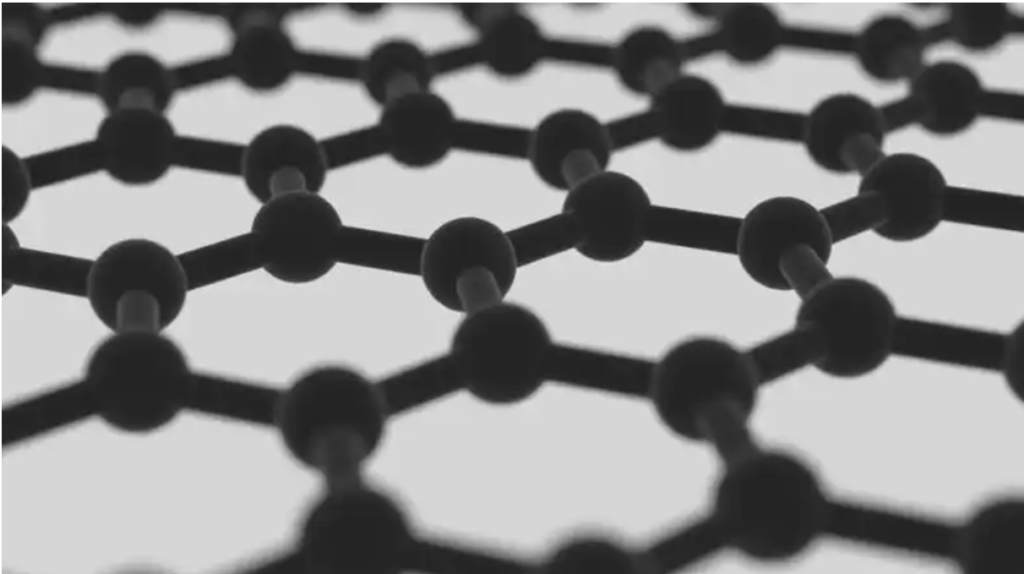Where is Graphene Being Used in Construction Materials?
— Exploring Graphene’s Role in Building the Future
Graphene, with its exceptional strength, lightweight nature, thermal conductivity, and impermeability, is becoming an innovative additive in construction materials. From concrete to coatings, its incorporation is redefining how we build stronger, more durable, and energy-efficient structures.

1. Graphene-Enhanced Concrete
🔹 Why Use It?
-
Increases compressive strength and flexural strength
-
Enhances water resistance and reduces cracking
-
Improves durability and lifespan of infrastructure
-
Reduces carbon footprint by requiring less cement
🔹 Where It’s Used:
-
Roads, bridges, and tunnels
-
High-performance buildings and dams
-
Marine and coastal construction
-
Infrastructure in extreme climates
✅ Example: UK-based companies have successfully used graphene-enhanced concrete in roadworks and housing projects, claiming 30–40% improvement in strength and durability.
2. Graphene-Infused Cement and Mortar
-
Increases binding efficiency
-
Adds anti-bacterial and self-sensing properties
-
Improves thermal performance
✅ Application: Used in smart infrastructure, repair mortars, and green building designs.
3. Graphene-Based Asphalt
-
Enhances resistance to cracking and heat deformation
-
Increases lifecycle of roads and pavements
-
Better load-bearing capacity for heavy traffic
✅ Use Case: Trials in Italy and China have shown longer-lasting graphene-asphalt roads with reduced maintenance needs.
4. Graphene Paints & Coatings
🔹 Benefits:
-
Anti-corrosive, waterproof, and UV-resistant
-
Improves thermal insulation of buildings
-
Offers anti-microbial properties for hospitals and clean rooms
🔹 Where Used:
-
Exterior coatings for energy-efficient buildings
-
Protective coatings on steel, glass, and concrete
-
Interior walls with smart functionalities (e.g., humidity control)
✅ Example: Applied in high-humidity areas, such as tunnels, underground facilities, and offshore structures.
5. Graphene Aerogels & Insulation Materials
-
Ultra-lightweight with high thermal insulation
-
Fire-resistant and soundproof
-
Can replace traditional foam insulation in walls and roofs
✅ Applications: Next-gen eco-homes, modular buildings, and energy-efficient retrofits.
6. Graphene-Reinforced Steel & Composites
-
Improves tensile strength and corrosion resistance
-
Enables lighter yet stronger steel-reinforced structures
-
Helps in producing smart construction composites
✅ Used In: Skyscrapers, bridges, railways, and prefab modules.
7. 3D Printed Graphene-Composite Structures
-
Enables custom architectural components
-
Combines design freedom with structural integrity
-
Ideal for rapid construction and disaster relief housing
✅ Emerging Area: Several research groups in China and Europe are exploring graphene-PLA or graphene-cement mixes for additive construction.
Conclusion
Graphene is transforming traditional building materials into smarter, stronger, and greener alternatives. From self-healing concrete and wear-resistant asphalt to thermal insulation and anti-corrosion coatings, graphene is at the forefront of sustainable and smart construction. As costs fall and technology matures, graphene is set to become a staple in the construction industry worldwide.

